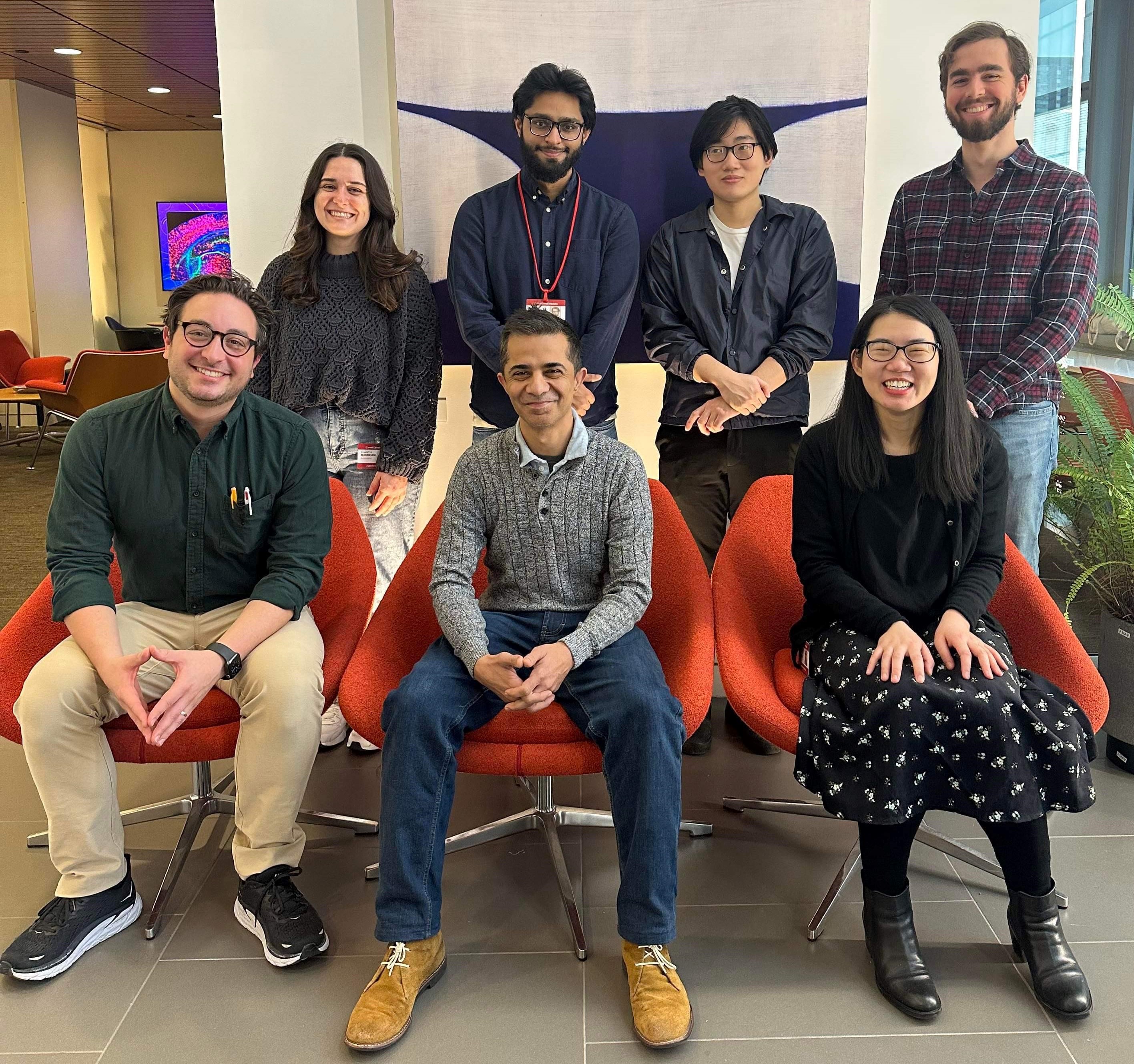
Sharma Laboratory researchers investigate the pathogenesis of age-dependent neurodegenerative diseases, including Alzheimer's and Parkinson's, at the cellular-molecular level, utilizing a combination of biochemistry, cellular biology, genetic mouse models, animal behavior and histochemistry. Neurodegenerative diseases are associated with age-dependent failure of protein homeostasis, or “proteostasis”, specifically within aggregation-prone proteins such as tau and alpha-synuclein. Sharma Lab investigators study the mechanisms that mediate proteostasis in neurons and how their failure over time leads to neurodegeneration.

